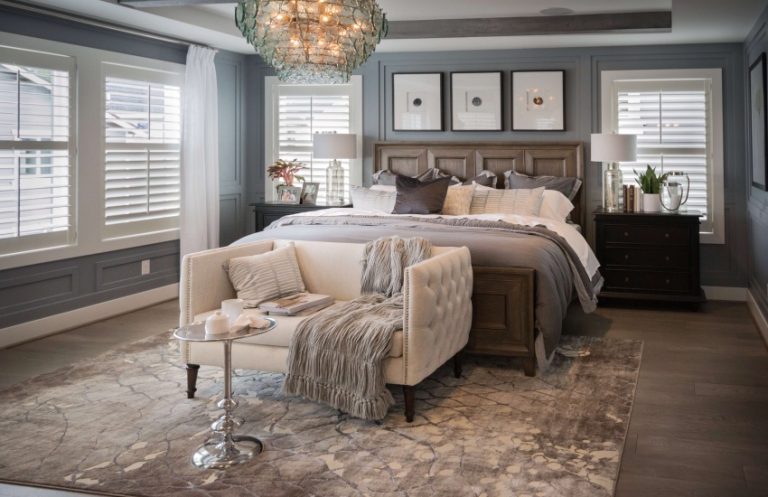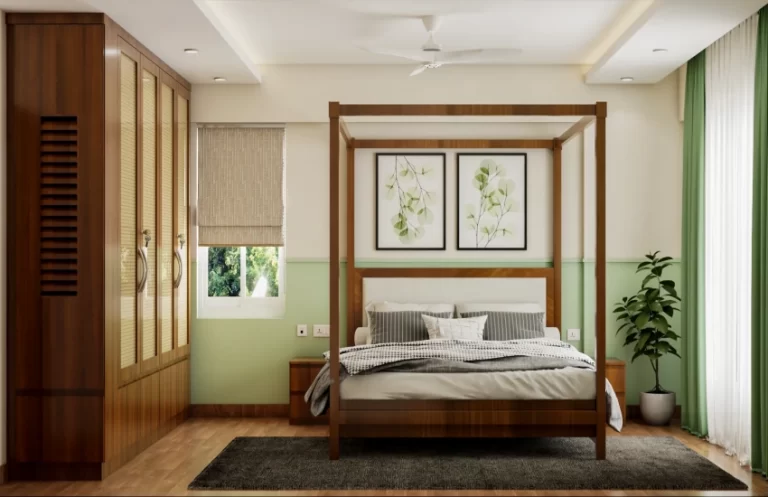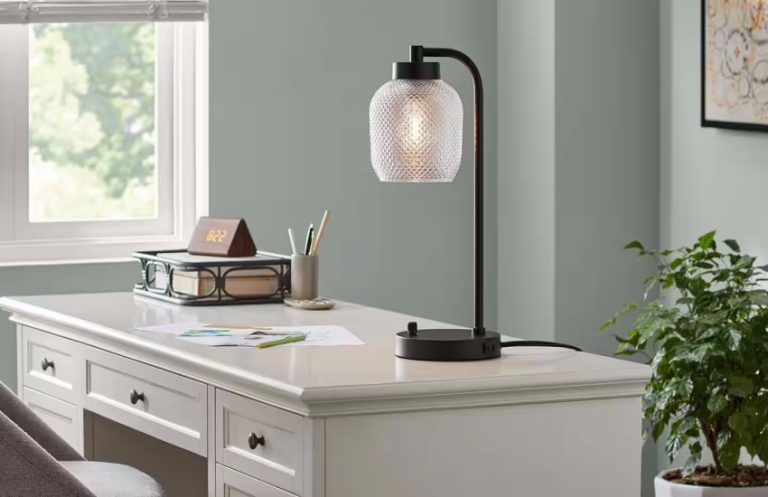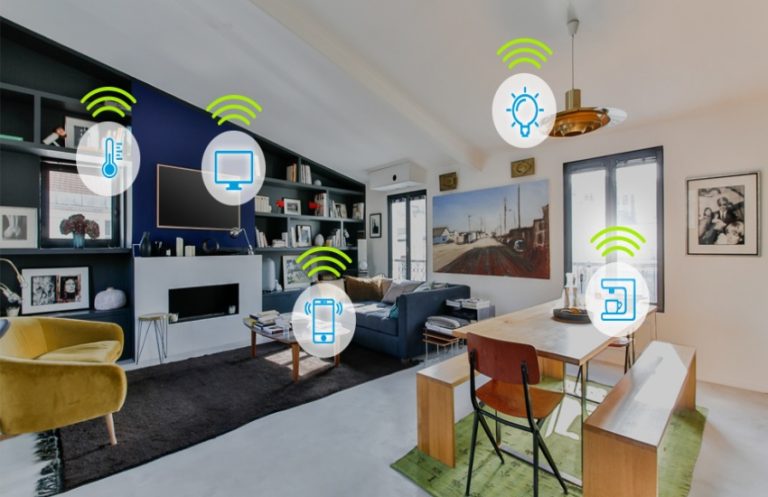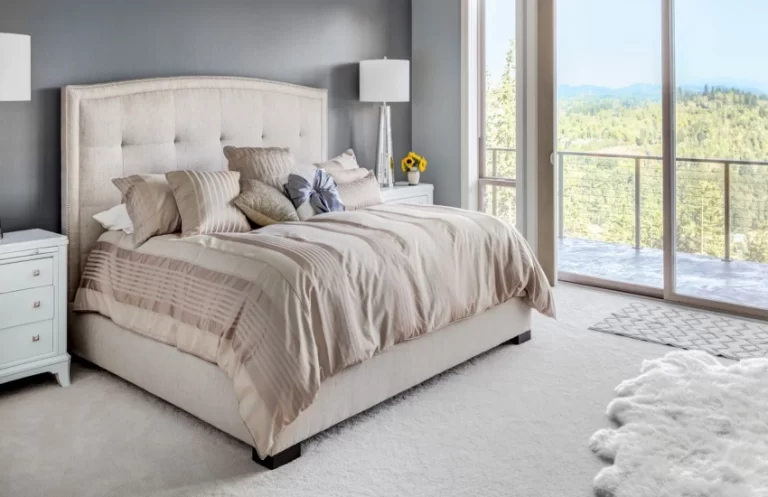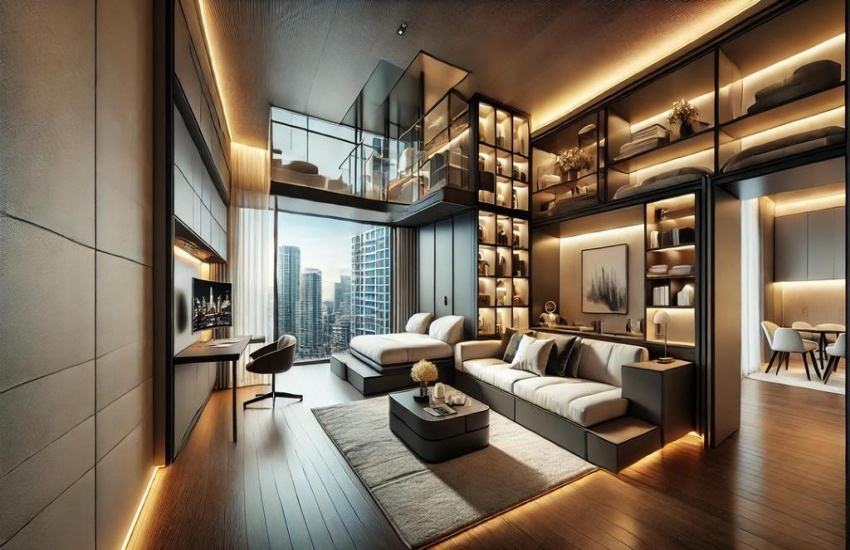
Ambient lighting serves as the foundational layer of illumination in a room. This type of lighting provides overall brightness and is often achieved through ceiling fixtures, chandeliers, or recessed lighting. Choosing the right ambient light fixtures can set the tone for the entire space. For instance, a modern pendant light can add a contemporary touch to a kitchen, while a classic chandelier can bring elegance to a dining room. The key is to ensure that ambient lighting is evenly distributed to avoid dark corners and create a balanced environment.
Task lighting is another essential component of effective lighting design. This type of lighting focuses on specific areas where activities such as reading, cooking, or working take place. Desk lamps, under-cabinet lights, and wall sconces are common examples of task lighting. Selecting fixtures that provide adequate illumination without causing glare is crucial for functionality. Adjustable task lights can also enhance usability, allowing individuals to direct light where it is needed most.
Accent lighting adds depth and character to a room by highlighting specific features or decor elements. This type of lighting can draw attention to artwork, architectural details, or plants, creating visual interest within the space. Spotlights, track lighting, and wall-mounted fixtures are effective ways to achieve accent lighting. Using dimmers can enhance the versatility of accent lights, allowing homeowners to adjust the brightness based on the desired mood or occasion.
Layering different types of lighting is a fundamental principle of effective lighting design. By combining ambient, task, and accent lighting, homeowners can create a dynamic and flexible environment. This approach allows for various lighting scenarios that cater to different activities and moods. For example, a living room can be bright and inviting during the day with ample ambient light, while soft accent lighting can create a cozy atmosphere for evening relaxation.
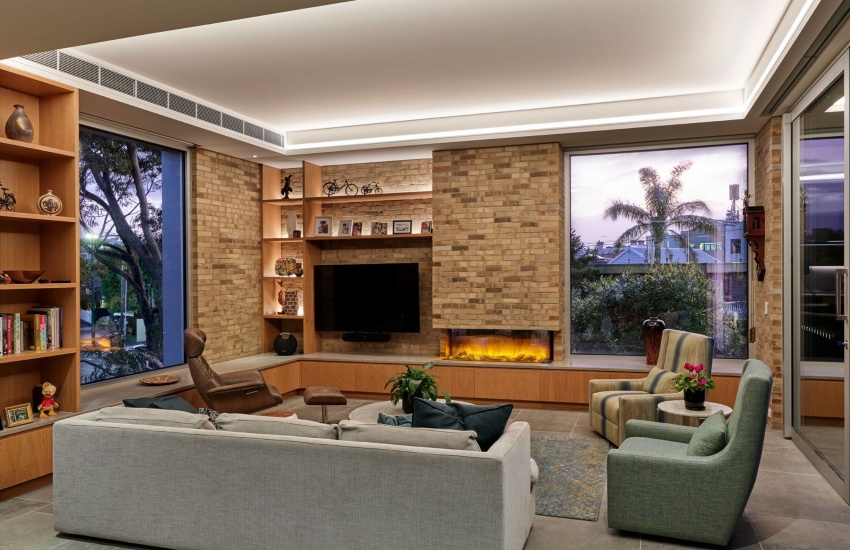
Color temperature plays a significant role in how lighting affects a space. Warm white light, which ranges from 2700K to 3000K, creates a cozy and inviting atmosphere, making it ideal for living areas and bedrooms. Cooler white light, ranging from 4000K to 5000K, is more suitable for workspaces and kitchens, as it promotes alertness and focus. Understanding the impact of color temperature can help homeowners choose the right bulbs for each area of their home.
Natural light should also be considered in lighting design. Maximizing daylight can enhance the overall ambiance and reduce reliance on artificial lighting. Strategically placed mirrors can reflect natural light, making a room feel brighter and more spacious. Sheer curtains can allow light to filter in while providing privacy, creating a harmonious balance between natural and artificial illumination.
Smart lighting technology has revolutionized how homeowners approach lighting design. Smart bulbs and systems allow for remote control and customization of lighting settings through smartphones or voice commands. This technology enables homeowners to create schedules, adjust brightness, and even change colors to suit their preferences. Integrating smart lighting can enhance convenience and energy efficiency, making it an attractive option for modern homes.
Lighting design is an integral part of home decor that influences both aesthetics and functionality. By understanding the different types of lighting and how to layer them effectively, homeowners can create inviting and versatile spaces. Thoughtful lighting choices can transform a house into a welcoming home, enhancing the overall experience of each room.

